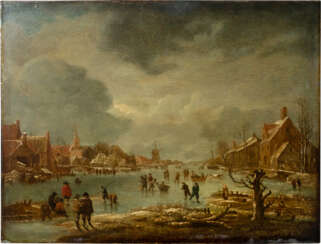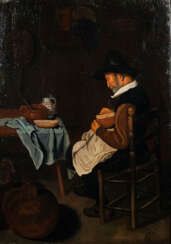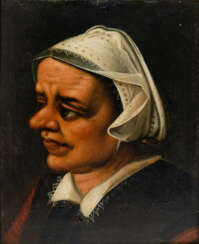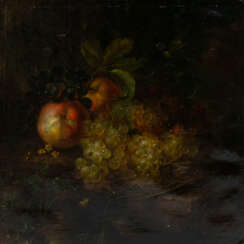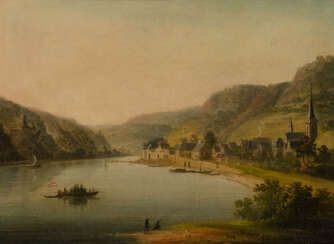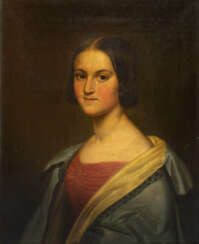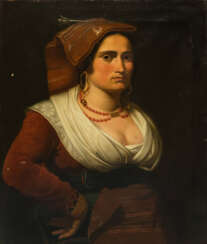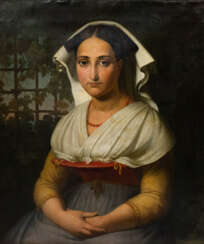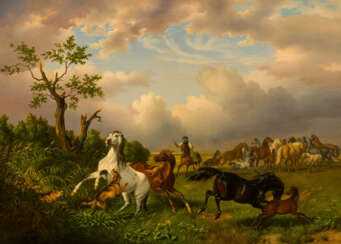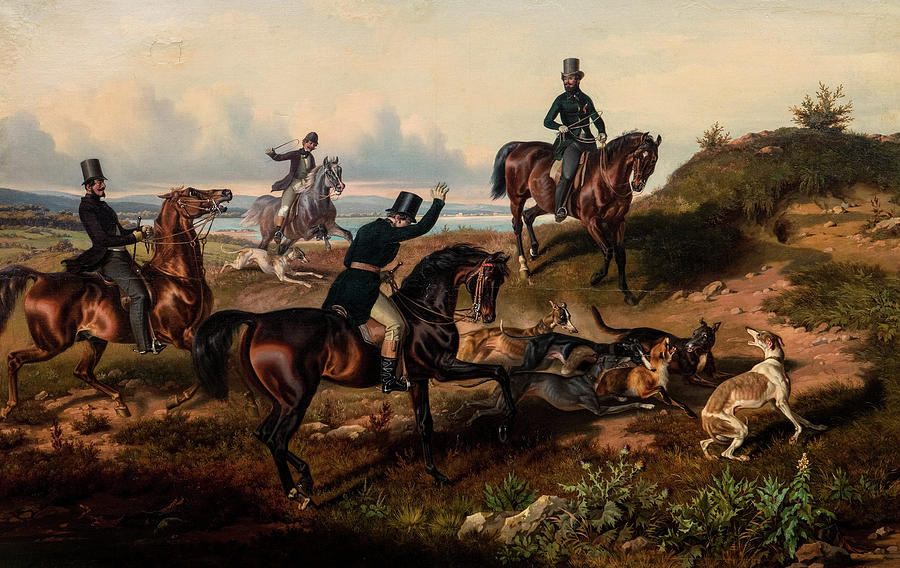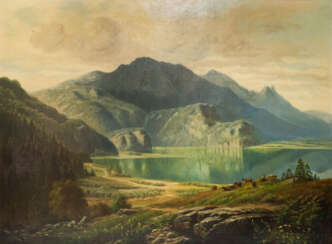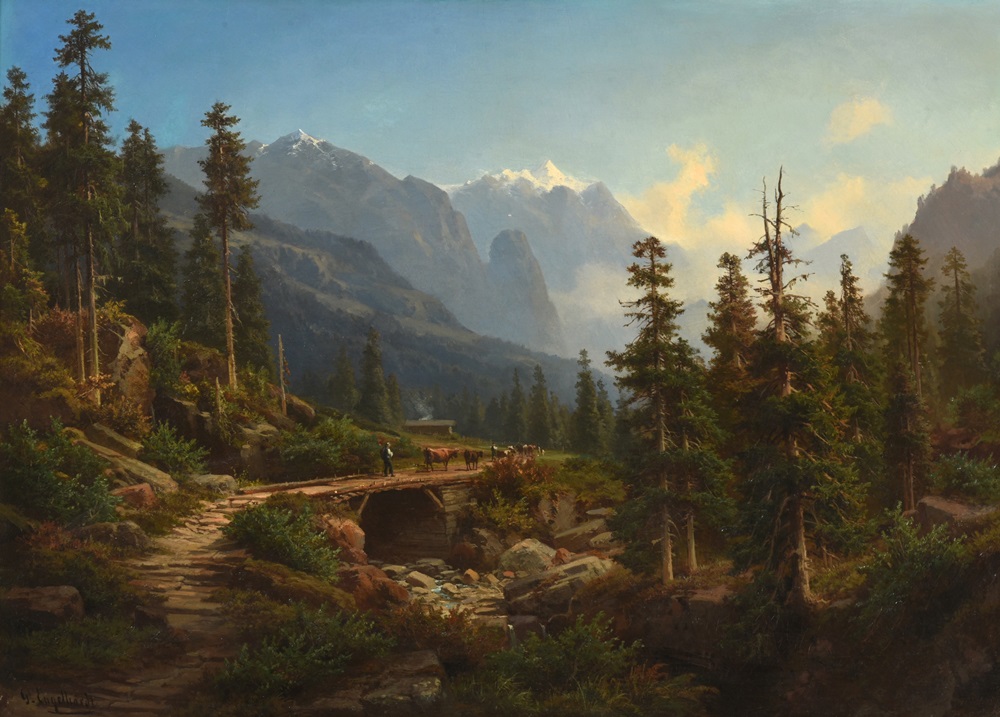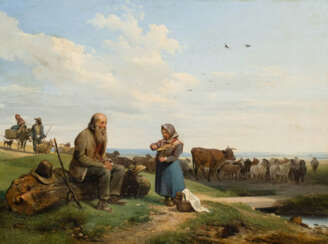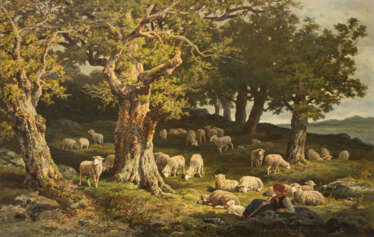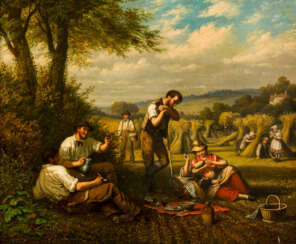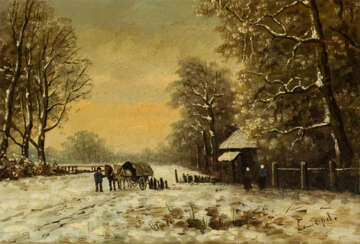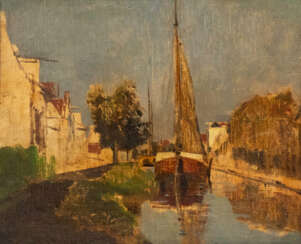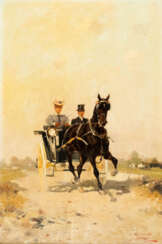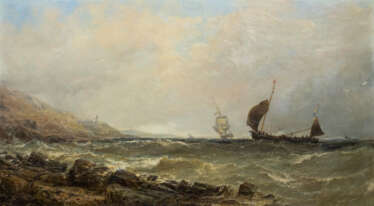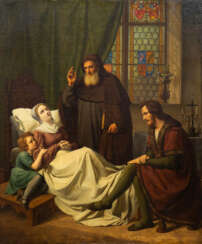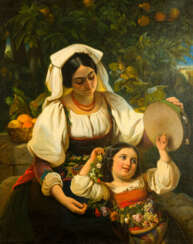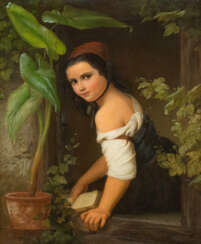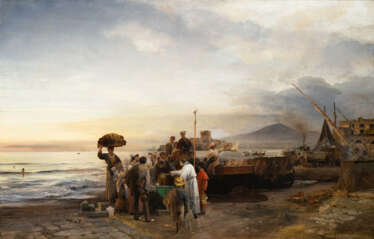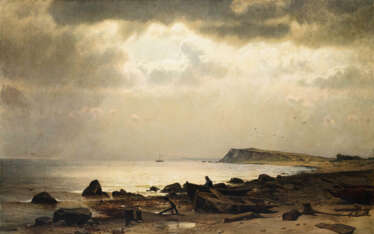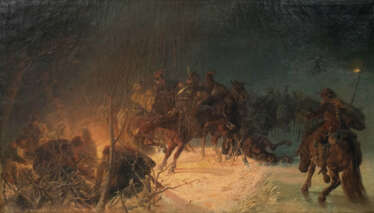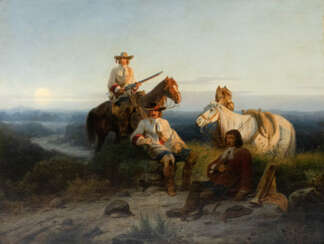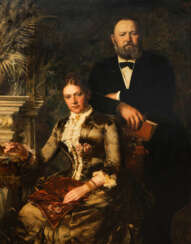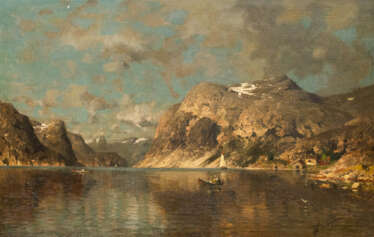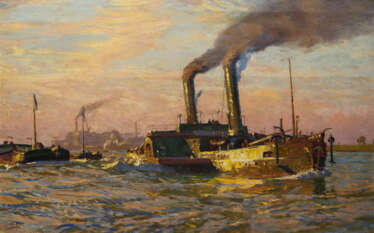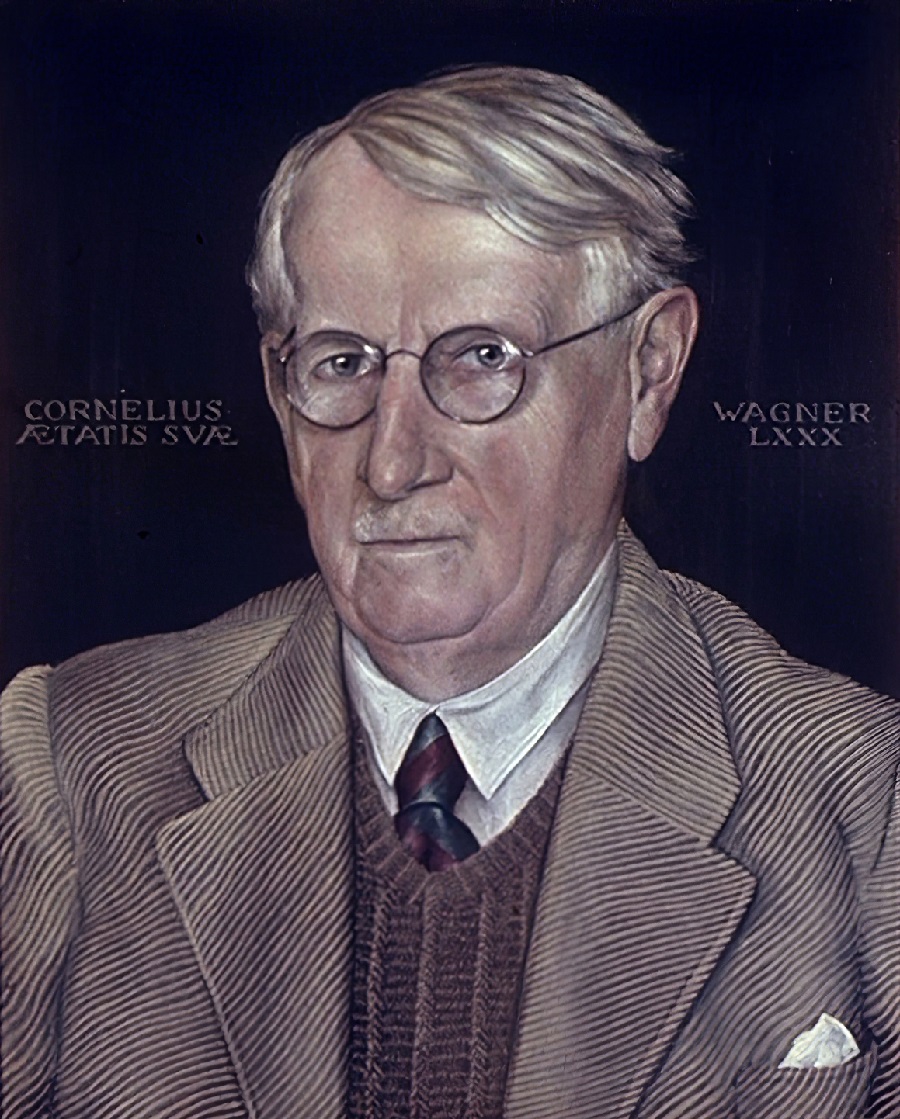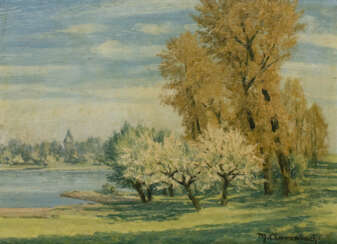
Painting of the 19th and 20th century — Moderne & Zeitgenössische Kunst
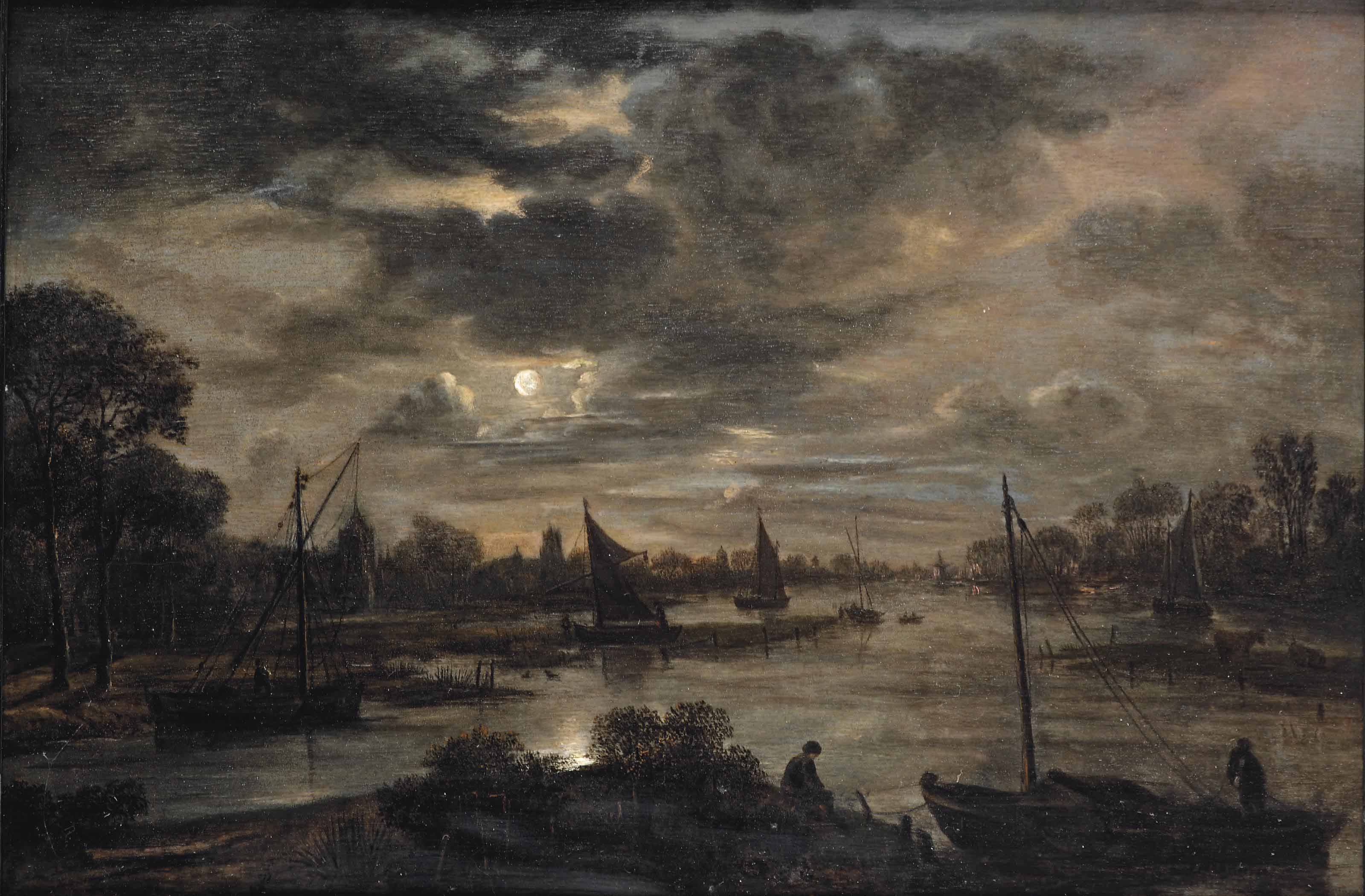
Aert van der Neer was a Dutch painter of the Gilded Age.
Van der Neer is considered a pioneer of the night landscape because of his successful solutions to lighting issues in his works. He painted many pictures of winter landscapes, including nighttime fires.
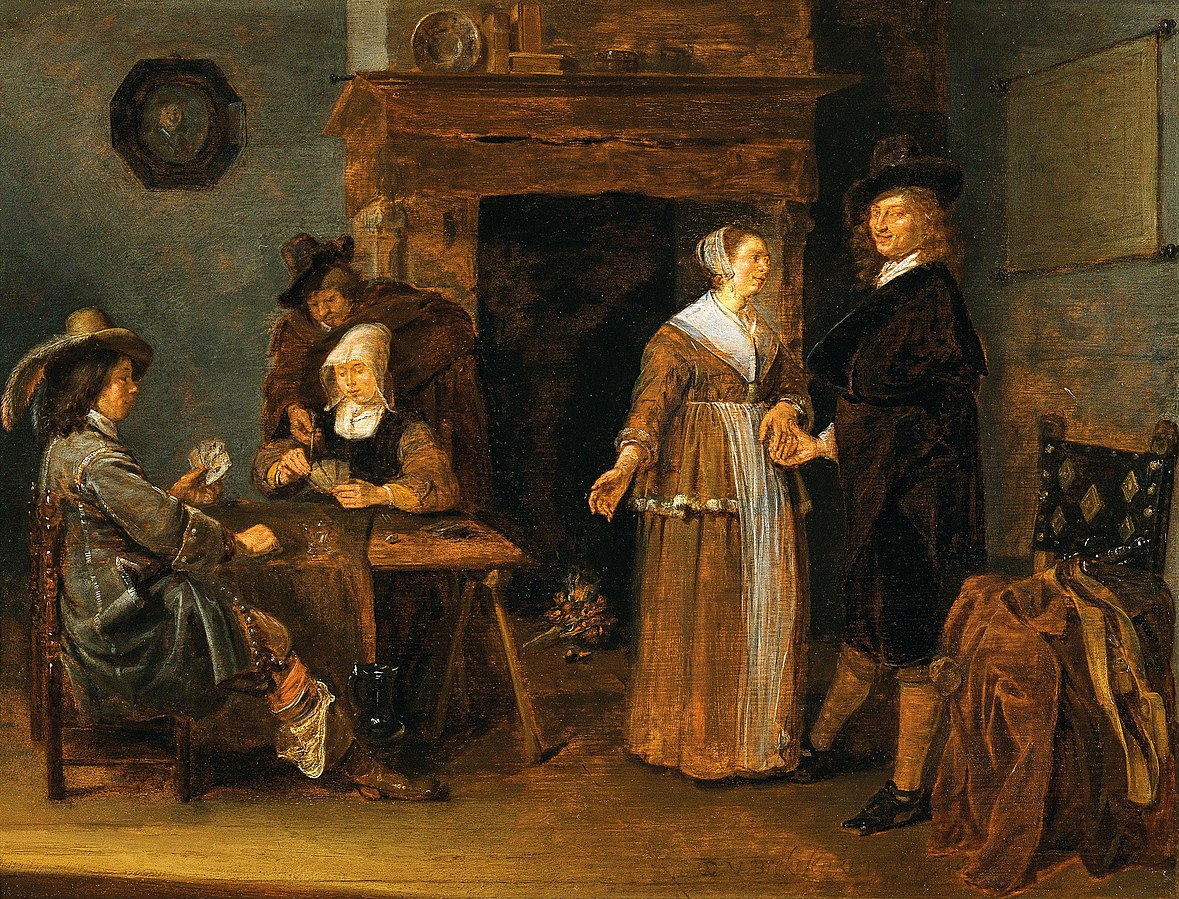
Quiringh van Brekelenkam or Quiringh Gerritsz. van Brekelenkam was a Dutch genre painter of the Golden Age.
He is known for his Baroque genre scenes of everyday life.
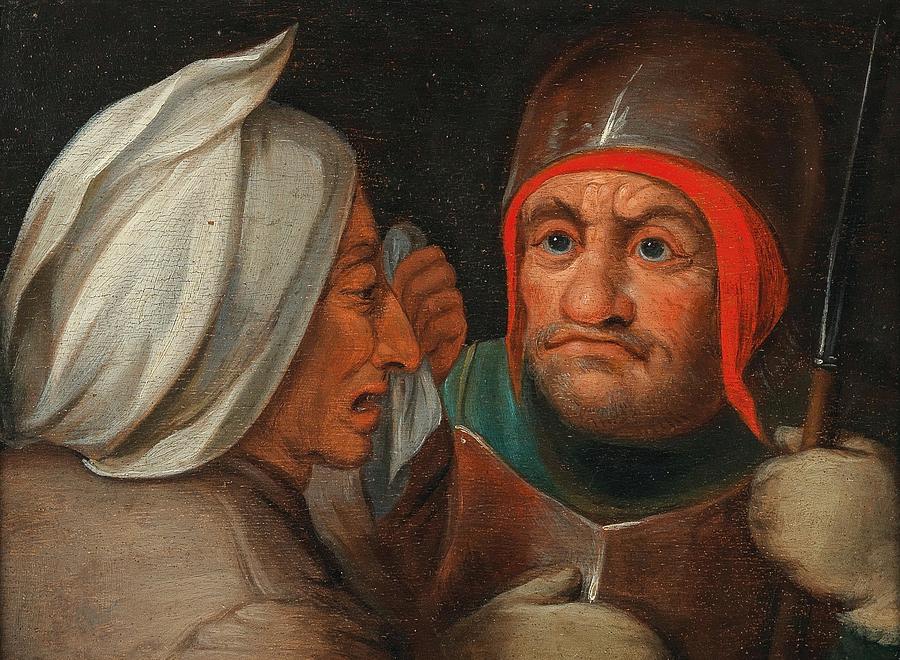
Pieter Balten or Pieter Custodis was a Flemish Renaissance painter, etcher, draftsman, publisher, and poet. He was a member of the Guild of St. Luke in Antwerp.
Pieter Balten is considered one of the pioneers of realistic depictions of village life, often comic. He also painted religious compositions, landscapes and painted tronies - portraits with comic and even caricatured facial images.
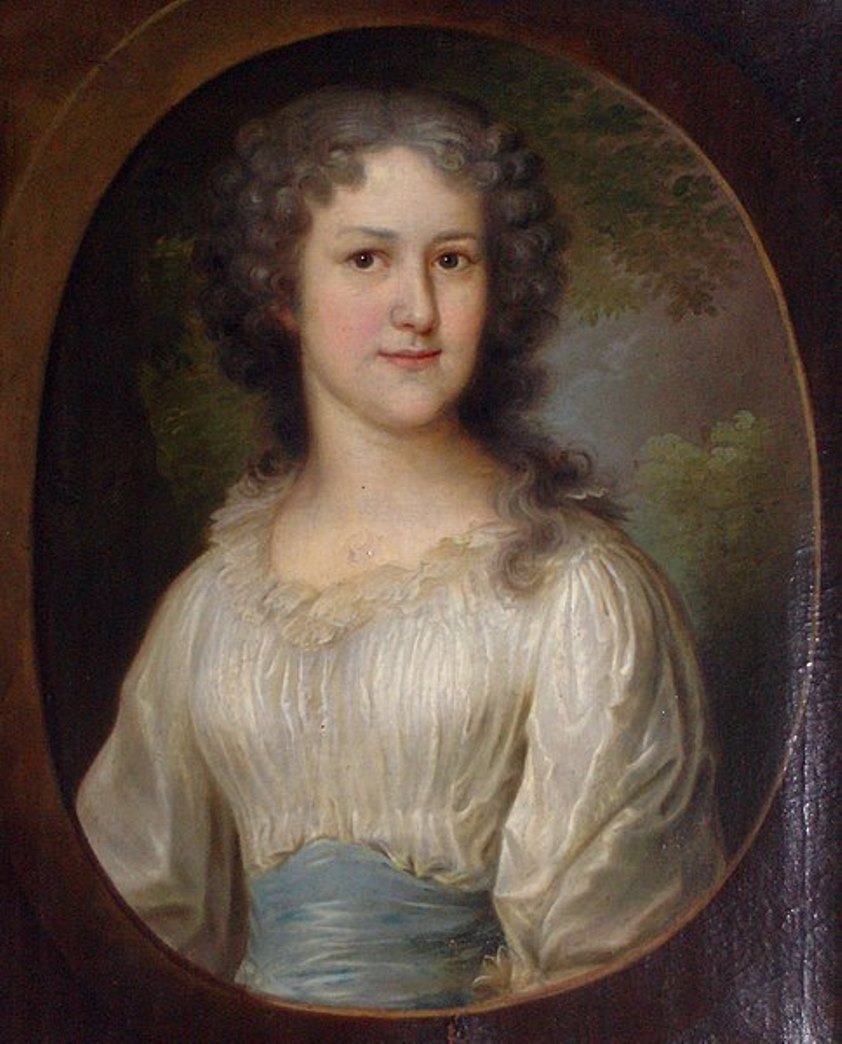
Johann Schlesinger was a German Biedermeier painter who painted portraits and still lifes.
He was taught the art of painting by his older brother, the painter Johann Adam Schlesinger, and his nephew Johann Jakob Schlesinger (1792-1855) was also a famous painter of the Palatinate.
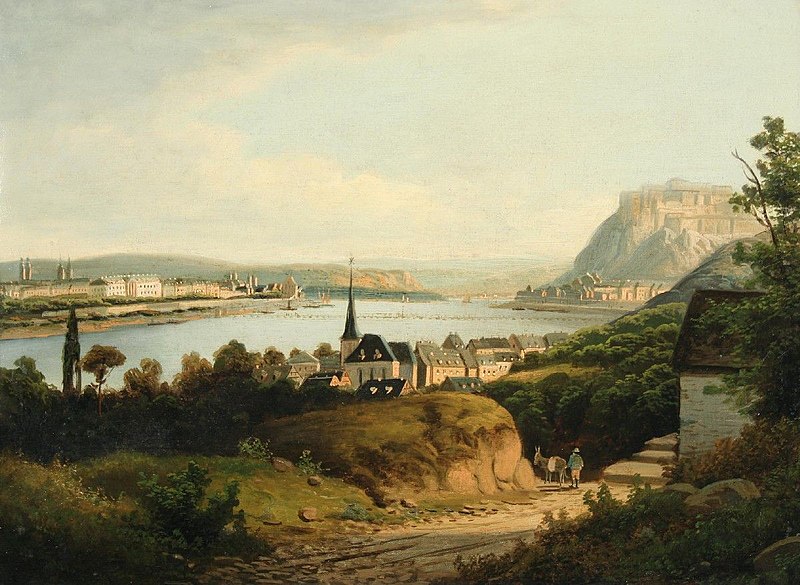
Jakob Diezler, also known as Johannes Jakob Diezler, was a German painter.
As a landscape painter, Diezler created detailed, topographically accurate depictions of the Middle Rhine and surrounding landscapes.
Paul Emil Jacobs was a German Orientalist painter and member of the Imperial Academy of Arts.
Jacobs was known for numerous paintings on Orientalist themes: harem beauties, picturesque Turks, and the slave market. He also painted scenes with religious and historical motifs.
Paul Emil Jacobs was a German Orientalist painter and member of the Imperial Academy of Arts.
Jacobs was known for numerous paintings on Orientalist themes: harem beauties, picturesque Turks, and the slave market. He also painted scenes with religious and historical motifs.
Paul Emil Jacobs was a German Orientalist painter and member of the Imperial Academy of Arts.
Jacobs was known for numerous paintings on Orientalist themes: harem beauties, picturesque Turks, and the slave market. He also painted scenes with religious and historical motifs.
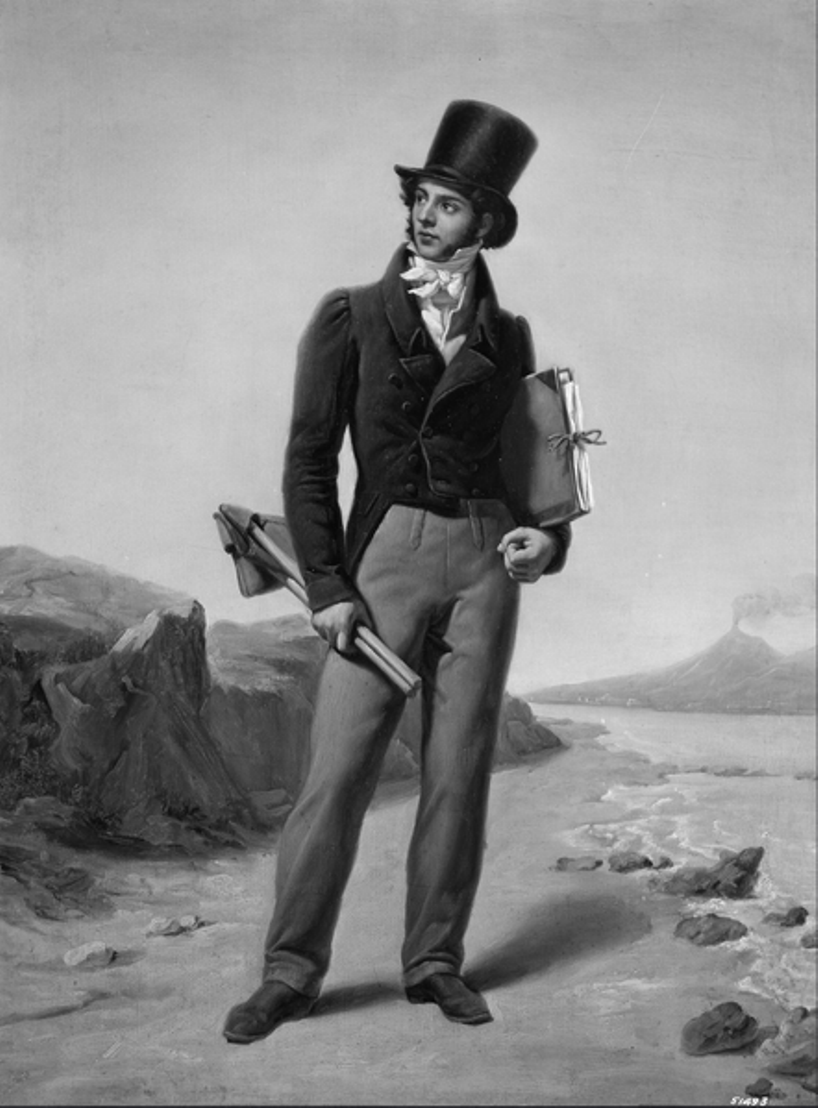
Auguste-Xavier Leprince was a French painter, lithographer, draughtsman and illustrator.
Leprince displayed his talent and pictorial genius in a variety of genres and techniques during his short but vivid life. He painted portraits and landscapes, scenes of rural and urban life, and illustrated books. Leprince's art left a deep trace in the painting of the early 19th century.
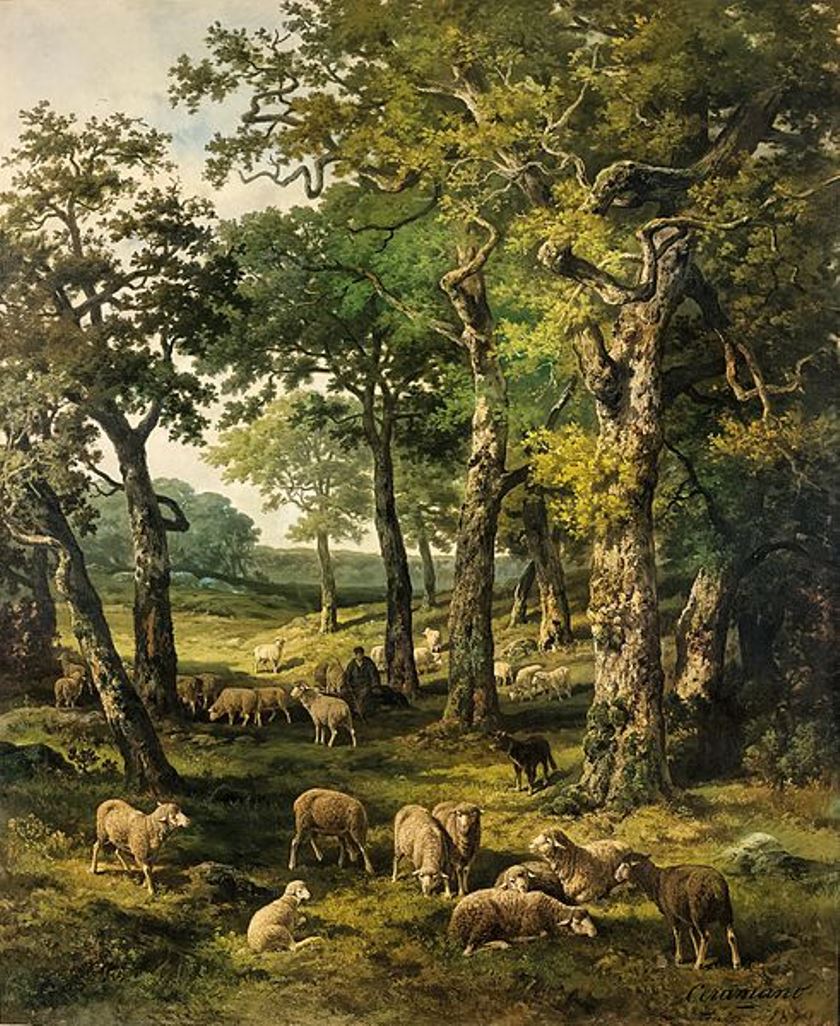
Charles Ferdinand Ceramano, born Charles Ferdinand Semain, was a Belgian painter and illustrator of the Barbizon school.
Ceramano's favorite subjects were pastoral landscapes and scenes of sheep in a sheepfold or in a meadow.
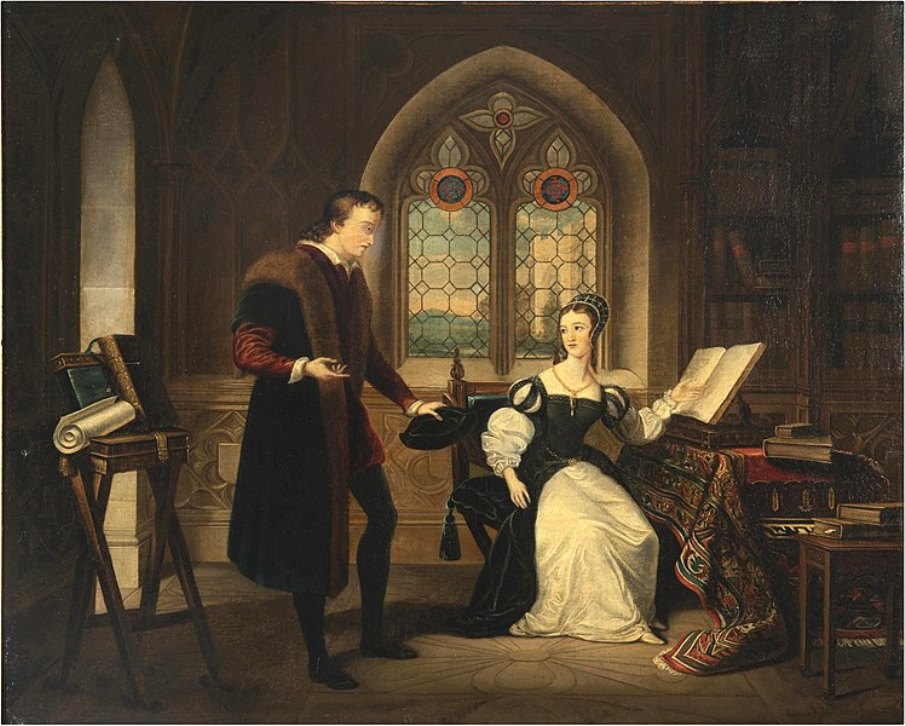
Andries Scheerboom is a Dutch Romantic painter.
His work includes many paintings depicting interiors with people inhabiting them and with intriguing titles, such as Eavesdropping. He also depicted coastal scenes with fishermen, peasants at leisure, and scenes from city life.
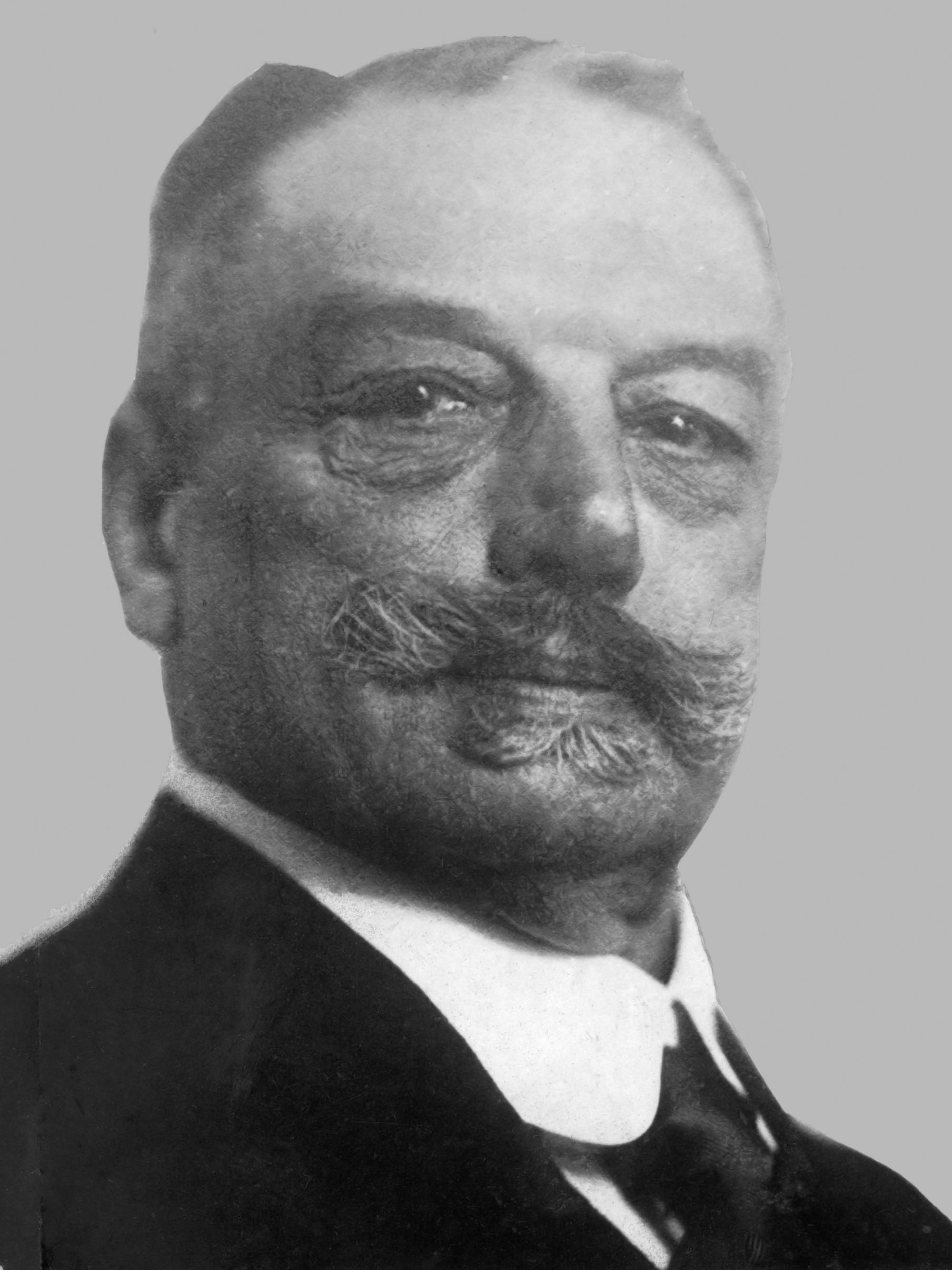
Louis Apol, born Lodewijk Frederik Hendrik Apol, is a Dutch landscape painter.
Apol is considered one of the brightest representatives of the Hague School of painting. He specialized in winter landscapes.
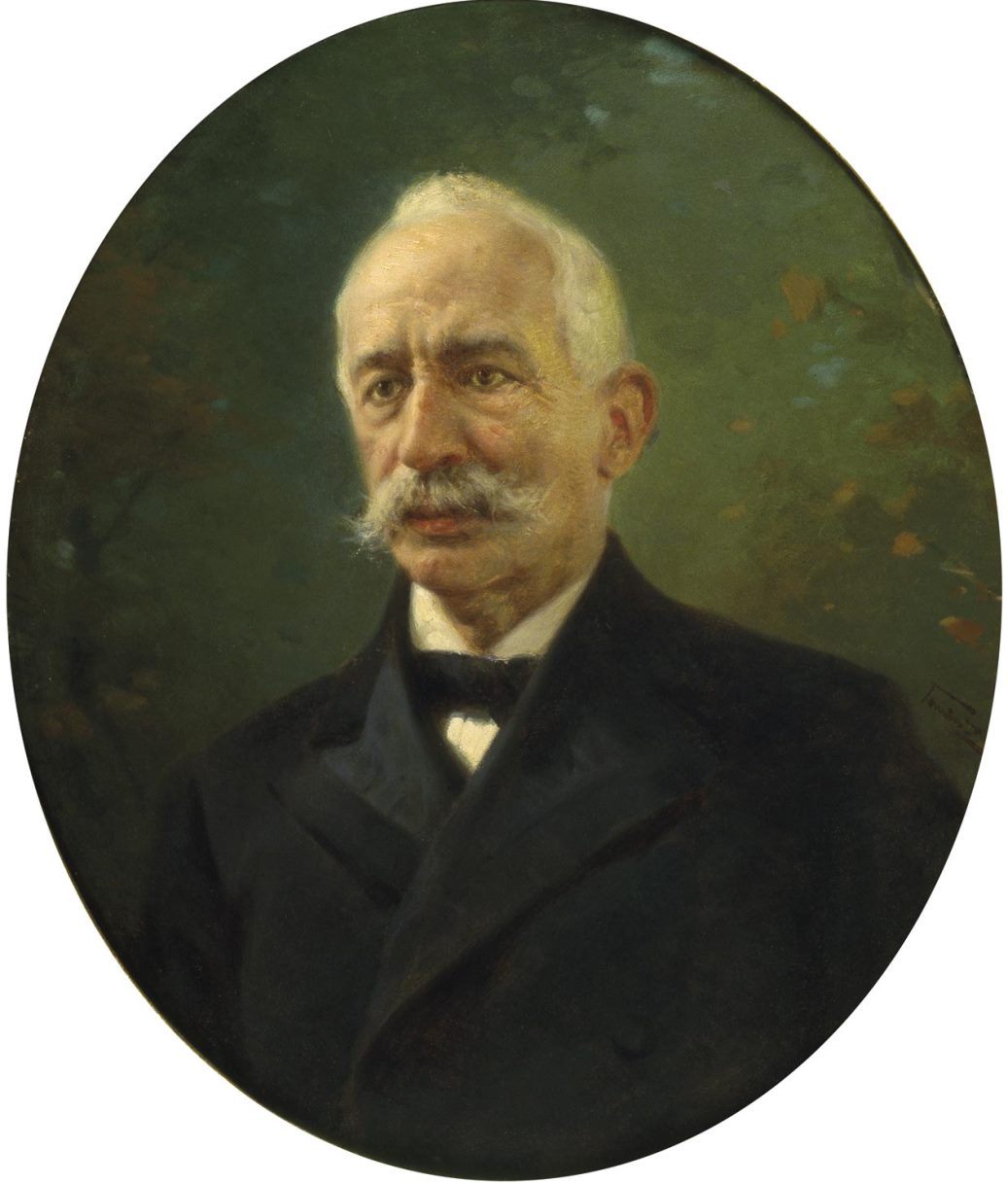
Alfredo Tominz was an Italian painter who specialized in scenes with horses.
The painter showed the power of these beautiful animals, the dynamics and speed of the races, the drama and impetuosity of the cavalry attack.
Tominz also painted domestic sketches from everyday life in the city. Alfredo Tominz's father was the artist Augusto Tominz.
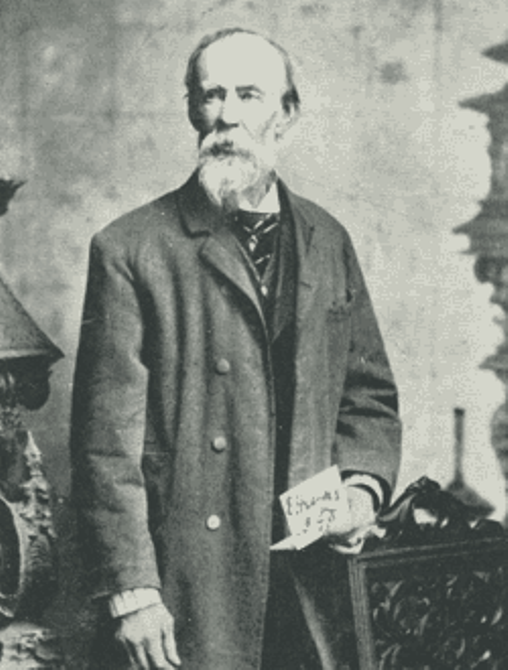
Edwin Hayes was an English and Irish marine painter, a member of the Royal Institution of Painters and Aquarists, and of the Royal Academy of Arts.
He studied art at the Dublin Society School of Art. A voyage across the Atlantic in his youth made an indelible impression on Hayes: his work invariably depicted ships and boats on the high seas. Over the course of his life, Hayes produced many seascapes, each with its own unique beauty.
His son Claude Hayes (1852-1922) was also a famous landscape and portrait painter.
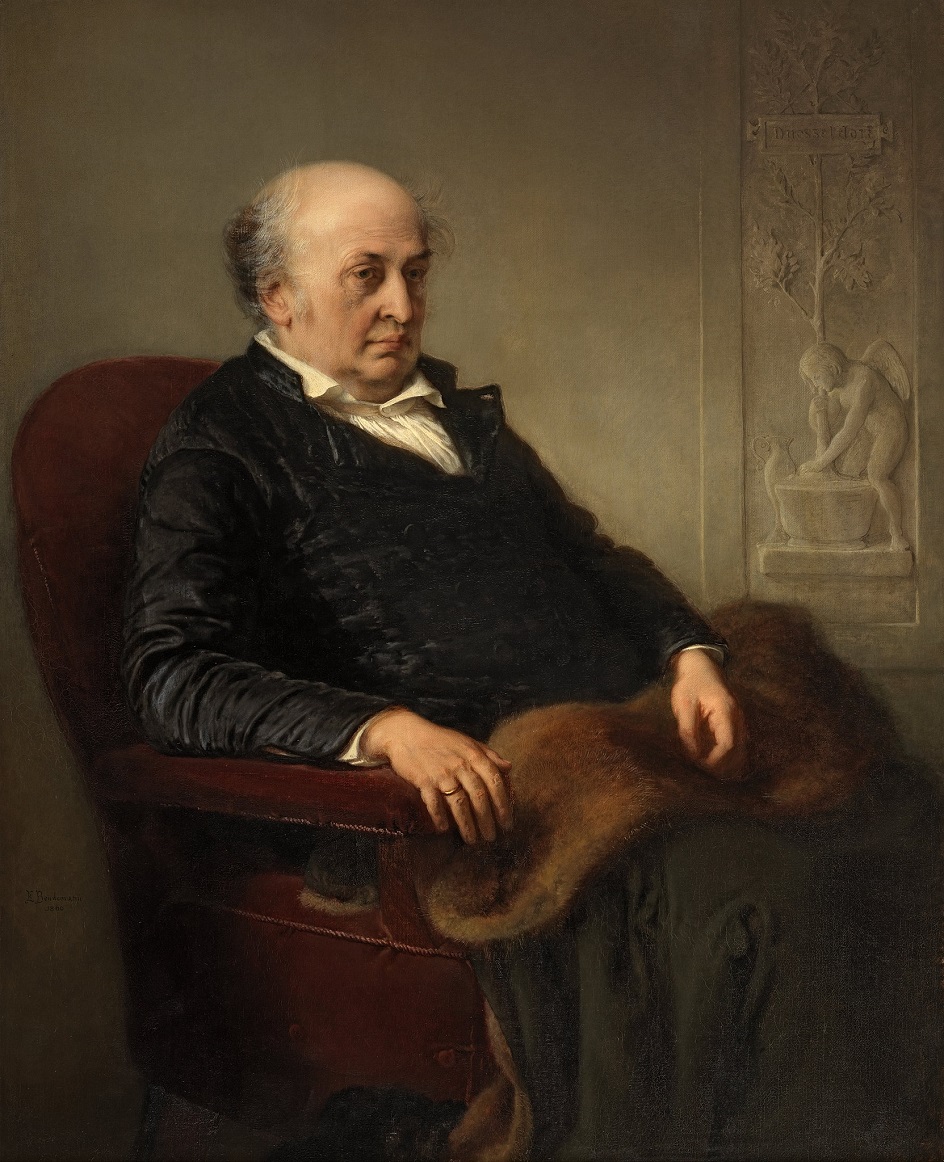
Friedrich Wilhelm von Schadow was a prominent German Romantic painter whose influence extended far beyond his own creations. He is perhaps best known for his role in forming the Düsseldorf School, a hub that nurtured talents from around the world, including notable American painters. This school under Schadow's guidance became a beacon of artistic excellence, producing renowned artists like Emmanuel Leutze.
Friedrich Wilhelm von Schadow's approach to art was not just about creating visually appealing works; it was deeply rooted in imparting knowledge and nurturing creativity among his students, leaving a lasting impact on the art world. His own works, though less celebrated than his educational contributions, still hold significance in the realm of German Romantic art, reflecting the era's spirit and depth.
For those interested in the intersection of art, culture, and history, Friedrich Wilhelm von Schadow's legacy offers a rich vein to explore. His role in shaping the Düsseldorf School and his artistic philosophy provide invaluable insights into the 19th-century art movement.
If you're fascinated by Friedrich Wilhelm von Schadow's contributions to art and wish to stay informed about related updates, consider signing up for newsletters or alerts that focus on art history, particularly related to the Düsseldorf School and German Romanticism. This way, you'll be in the loop about new discoveries, exhibitions, and sales pertaining to Friedrich Wilhelm von Schadow's works and his profound influence on the art world.

Carl Johann Grund was a German and Austrian genre painter and portraitist.
He studied at the Academy of Fine Arts in Vienna and traveled throughout the Alpine countries and Italy. Johann Grund's works are in the collections of the museums of Karlsruhe, Mannheim, and Vienna.
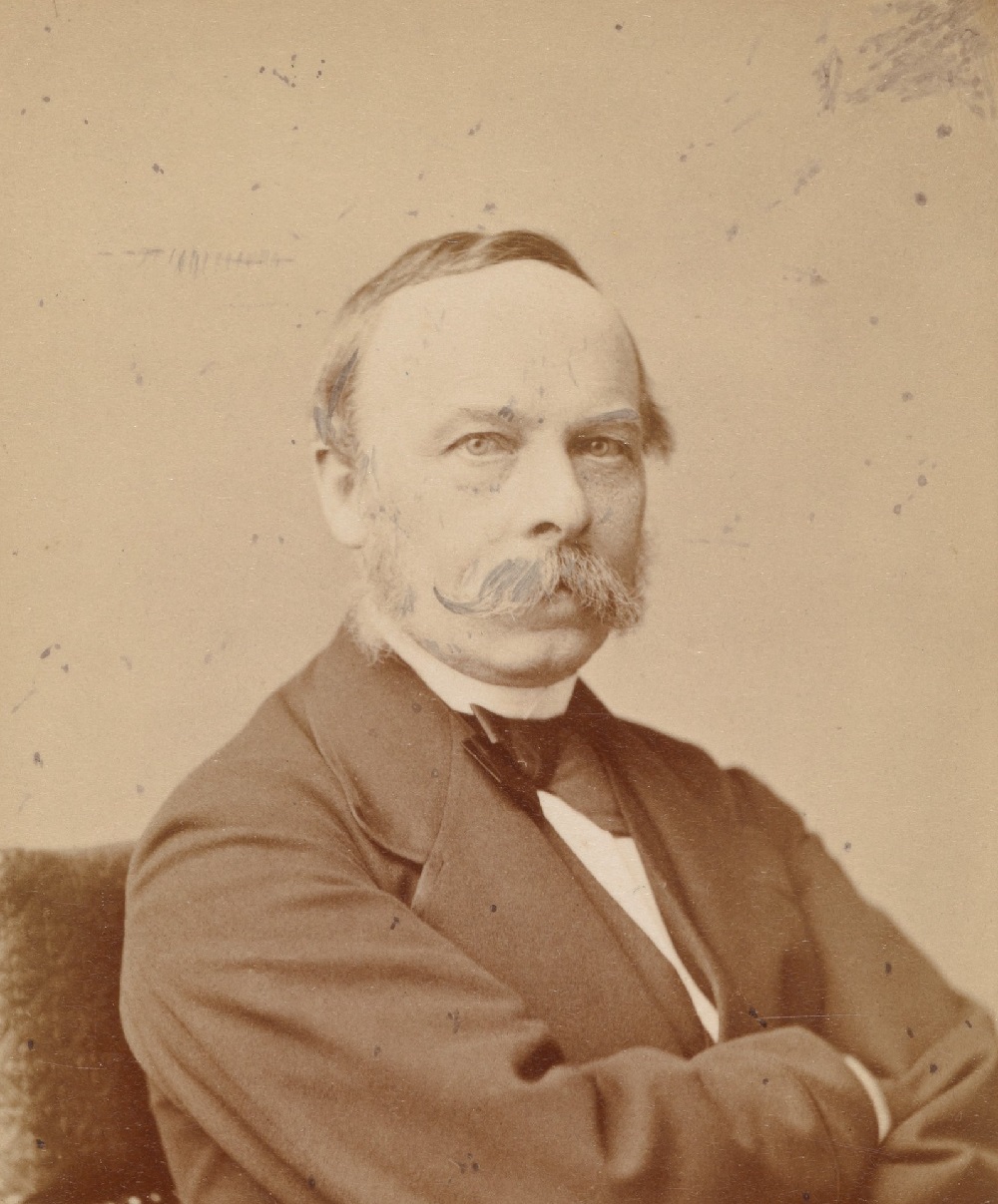
Johann Georg Meyer von Bremen was a German painter who specialized in Biblical, peasant and family scenes.
He is associated with the Düsseldorf school of painting. In 1841, Meyer opened a studio of his own, but moved to Berlin as his fame increased (1853).
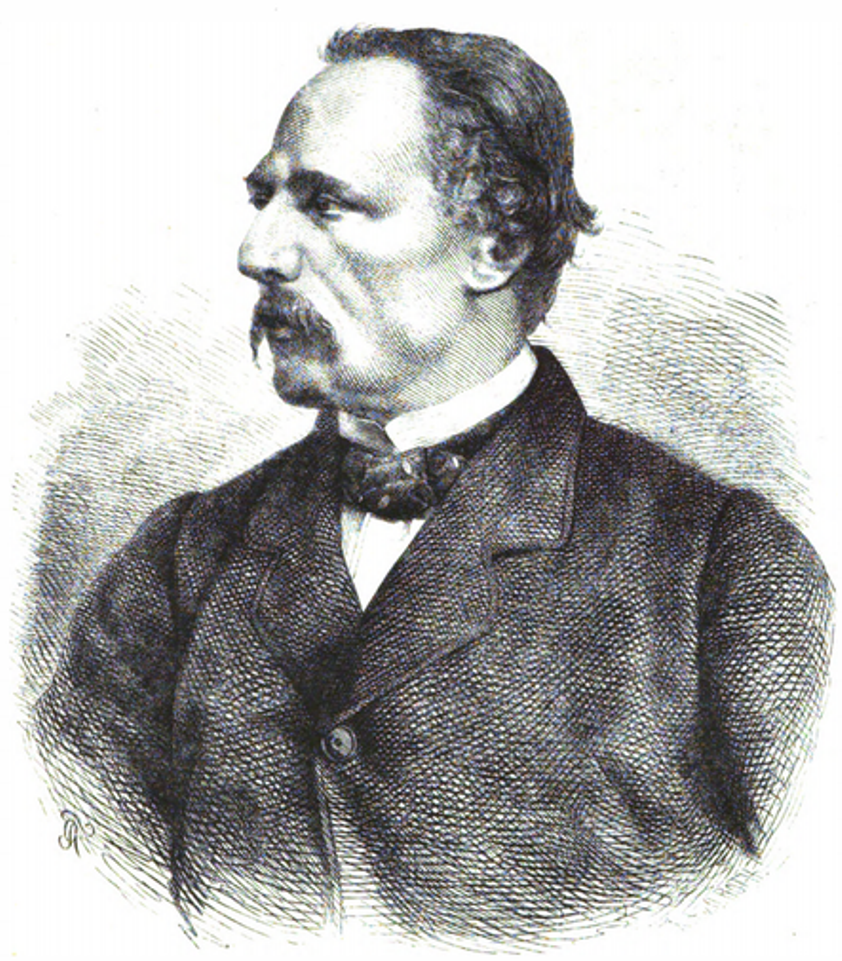
Hubert Salentin was a German genre painter.
He studied painting at the Düsseldorf Academy of Art. Salentin became famous for his interesting paintings depicting scenes from rural life in West Germany, often with children and in nature.
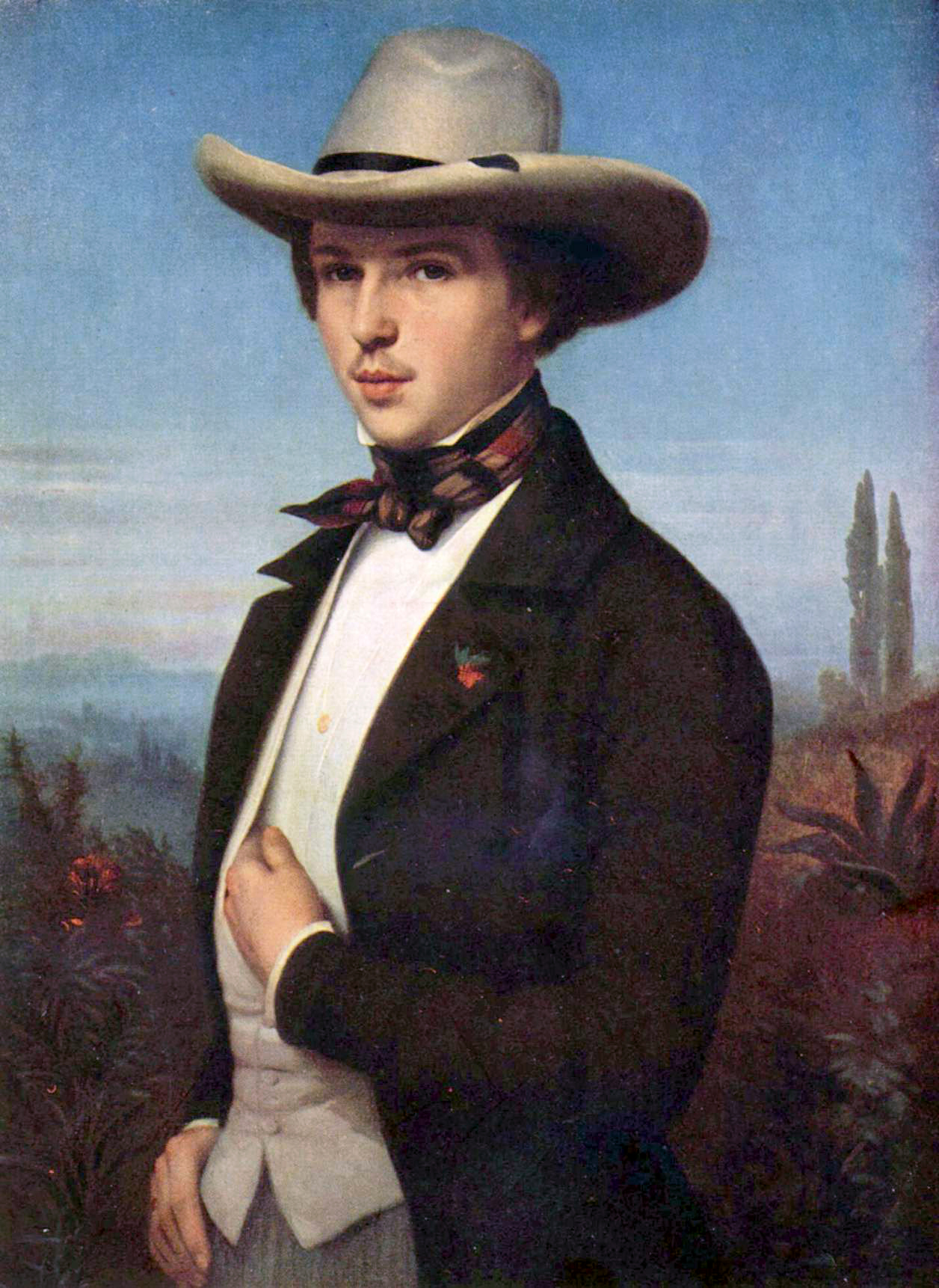
Oswald Achenbach was a German painter associated with the Düsseldorf school of painting. Though little known today, during his lifetime he was counted among the most important landscape painters of Europe. Through his teaching activities, he influenced the Kunstakademie Düsseldorf. His brother, Andreas Achenbach, who was twelve years older, was also among the most important German landscape painters of the 19th century. The two brothers were humorously called "the A and O of Landscapes" (a reference to their initials matching a common German reference to the Alpha and Omega).
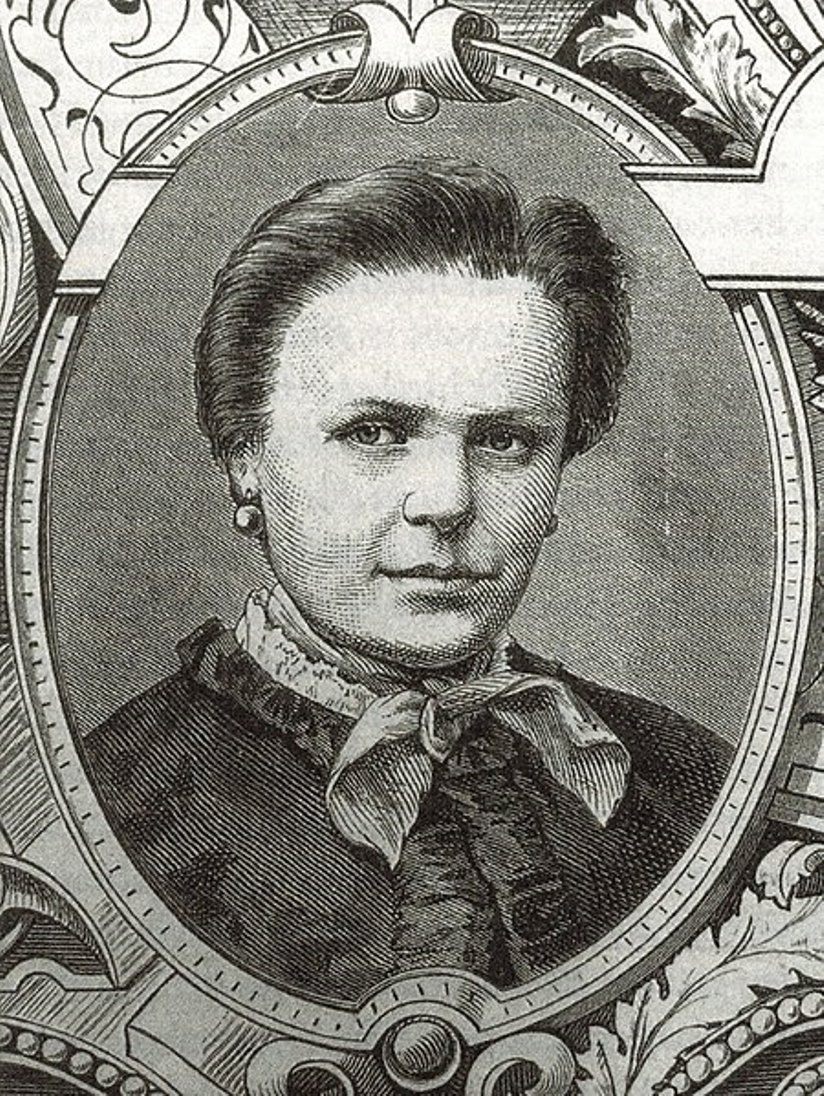
Sophie Antonie Biel was a German landscape painter and illustrator.
Despite the fact that it was very difficult for women in the mid-19th century to engage in creative work, Antonie Biel created a large number of coastal landscapes of the Baltic and North Seas. She also illustrated novels and was a participant in numerous exhibitions.
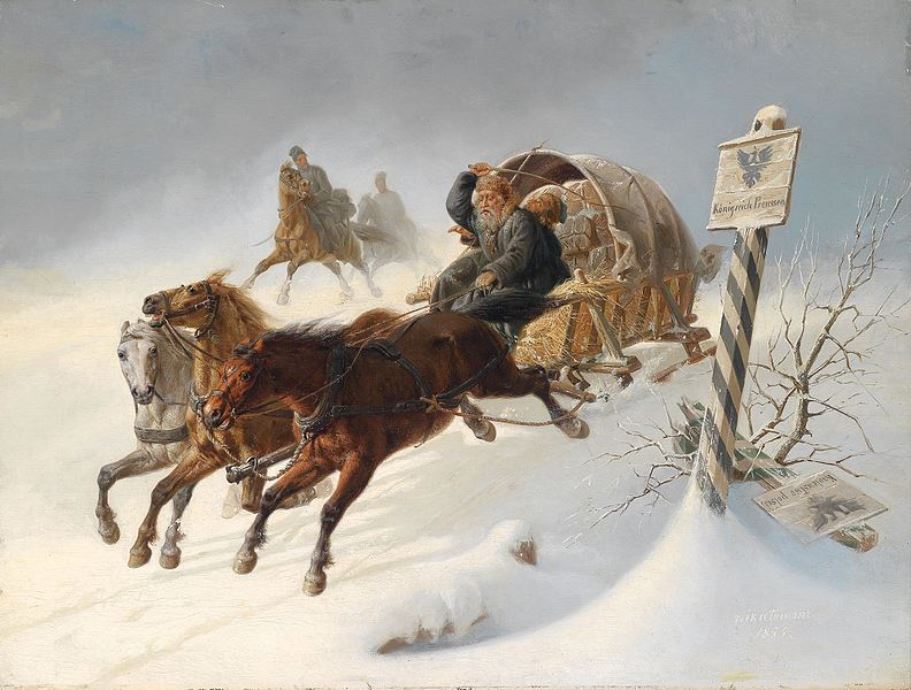
Arthur Nikutowski, or Johann Arthur Severin Nikutowski, was a Prussian painter and teacher of Polish origin and a member of the Düsseldorf school of art.
He mostly painted pictures on historical subjects, genre urban and rural scenes, but very often they included galloping horses, Nikutowski's favorite subject.
His son Erich Nikutowski (1872-1921) also became an artist and devoted his work to landscape painting.
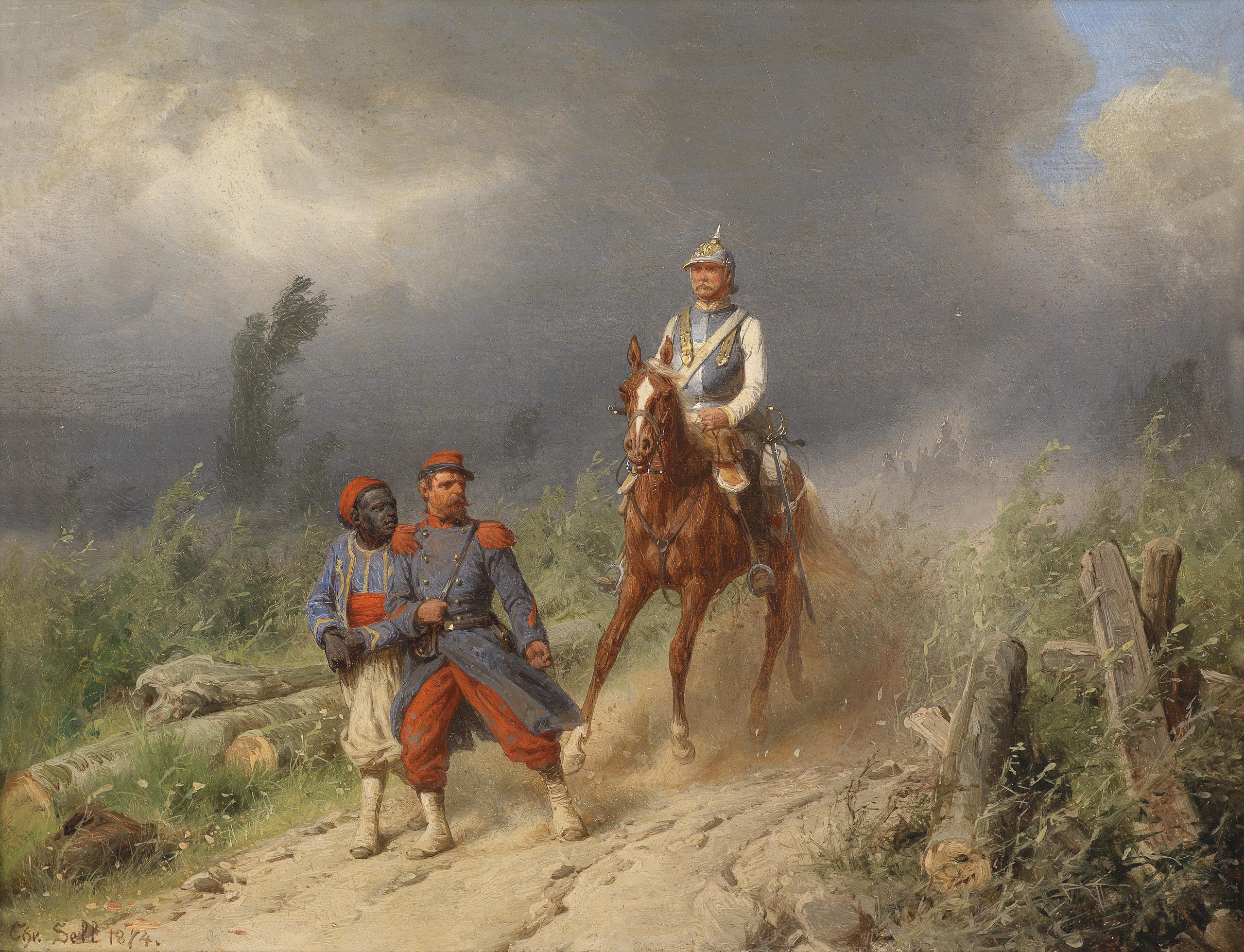
Christian Jacob Sell, auch Christian Sell der Ältere, war ein deutscher Maler der Düsseldorfer Schule. Er studierte an der Düsseldorfer Kunstakademie bei Ferdinand Theodor Hildebrandt und Friedrich Wilhelm von Schadow und spezialisierte sich auf militärische Genre- und Schlachtszenen. Sein Sohn Christian Sell der Jüngere wurde ebenfalls Maler.
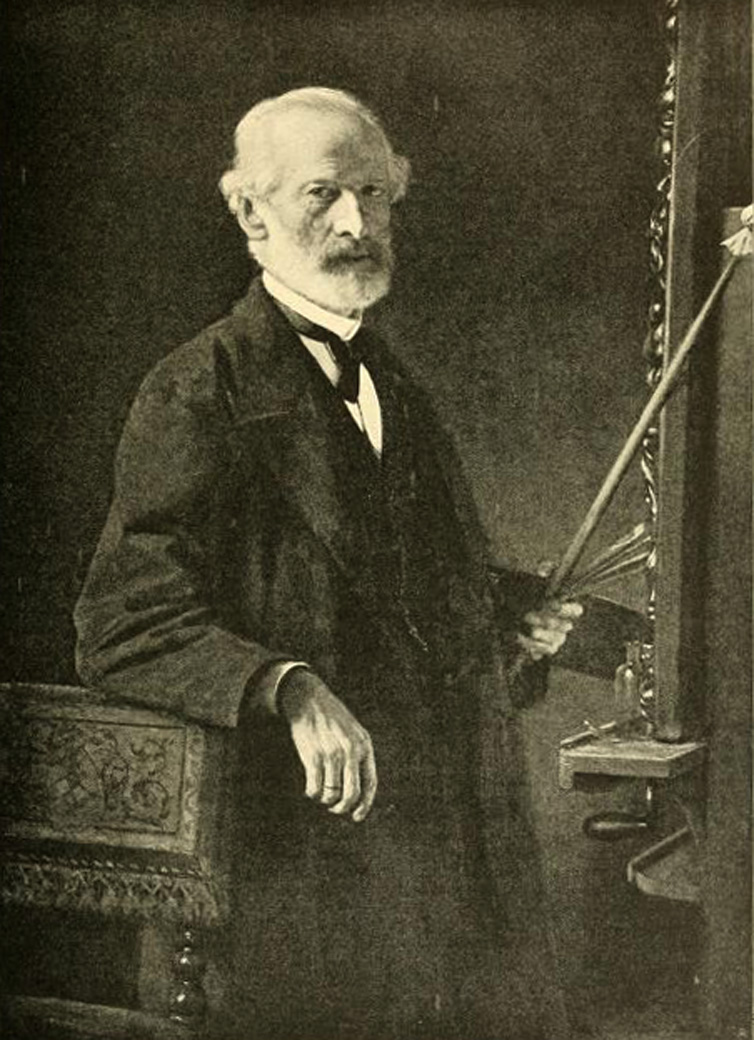
Hugo Crola was a German painter, son of the landscape artists Elise and Georg Heinrich Crola.
Hugo Crola studied at the Düsseldorf Academy of Art and later became a professor. He created images of many aristocratic and wealthy public figures, but is best known for his portraits of fellow artists.
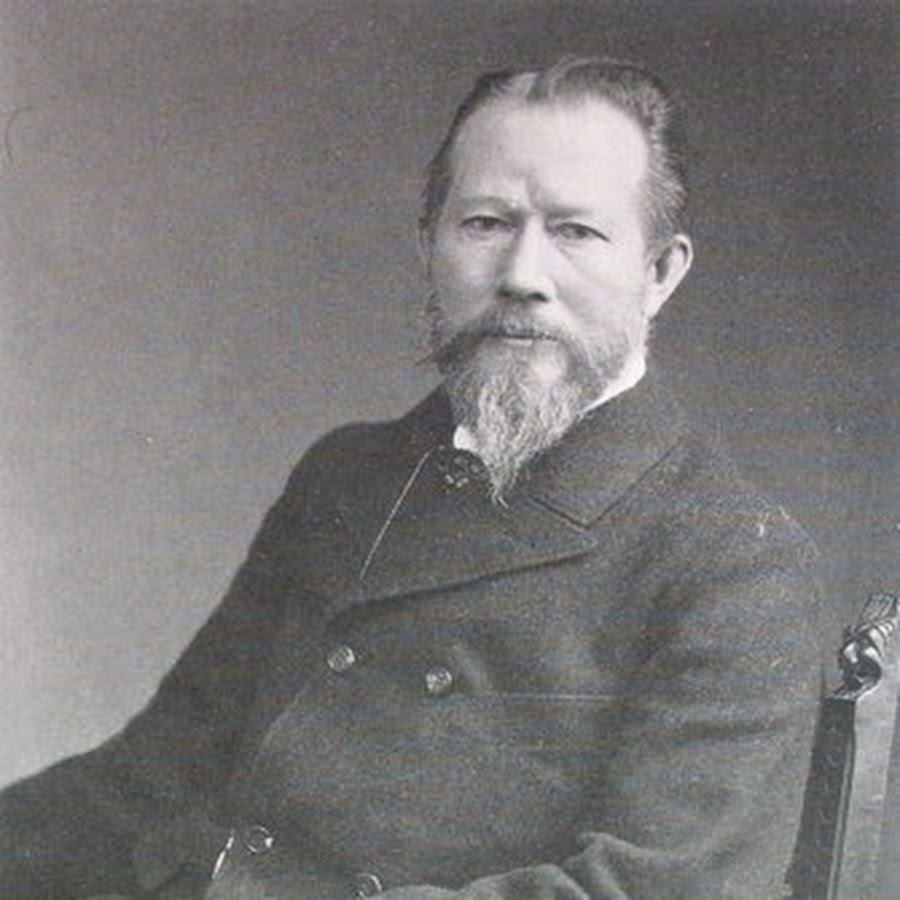
Eilert Adelsteen Normann was a Norwegian painter who worked in Berlin. He was a noted painter of landscapes of Norway. Normann was the artist who invited Edvard Munch to Berlin, where he painted The Scream. Normann's fjord paintings are credited with making the Norwegian fjords a more popular tourist destination.
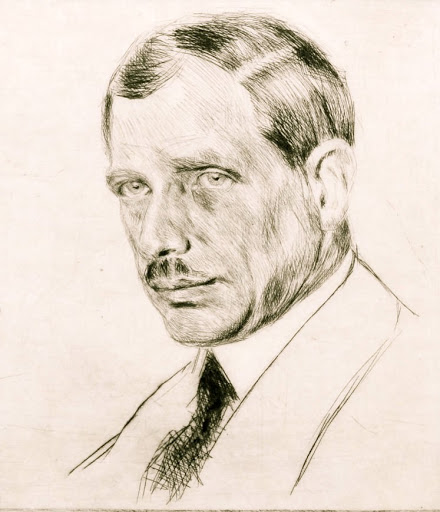
Max Clarenbach was a German painter of the first half of the twentieth century. He is known as a painter, landscape painter, genre painter and teacher and is considered one of the most important representatives of Rhenish painting of his time.
Max Clarenbach made study trips to Italy and Holland early in his career, where he formed his genre preferences and became a landscape painter. His work reflected the influence of the Hague School and the French Barbizonians. The artist skillfully depicted winter scenes and the nature of western Germany. He also painted sports and street scenes.
Clarenbach was one of the organizers of the Düsseldorf Sonderbund and taught at the Düsseldorf Academy of Art.

Julius Seyler is a German artist and athlete, the first double European speed skating champion.
He received his art education at the Munich Academy. For several years Julius Seyler lived in the USA and created many paintings depicting the life and history of the Montana Indians, which made him famous.
